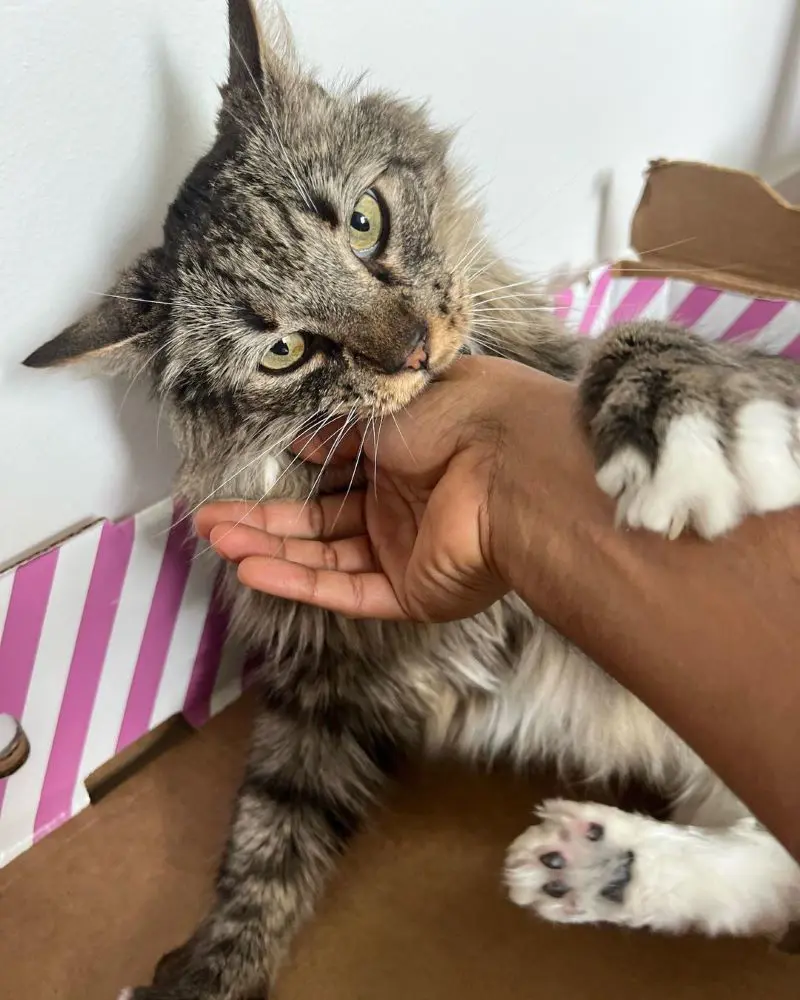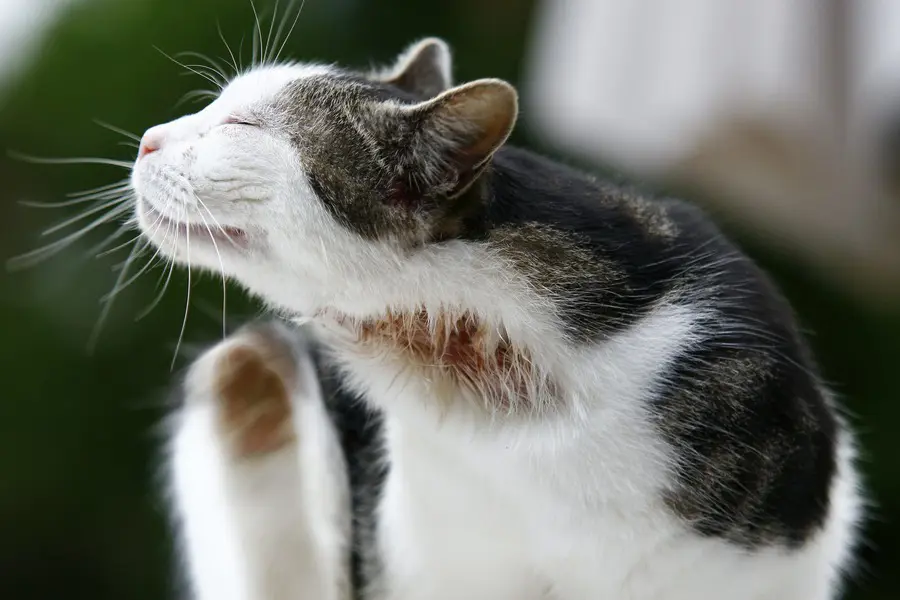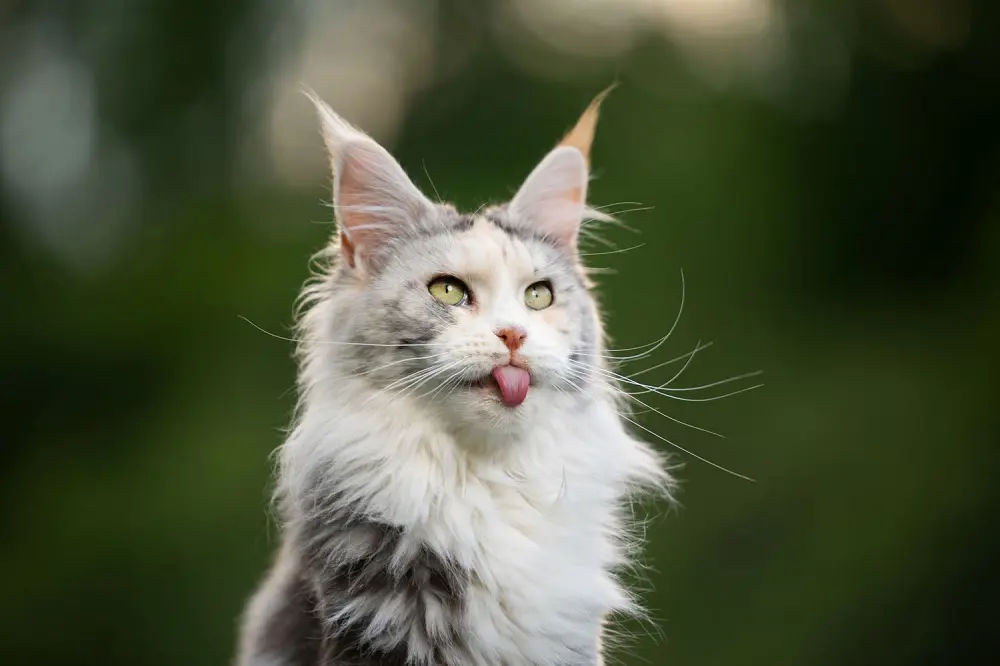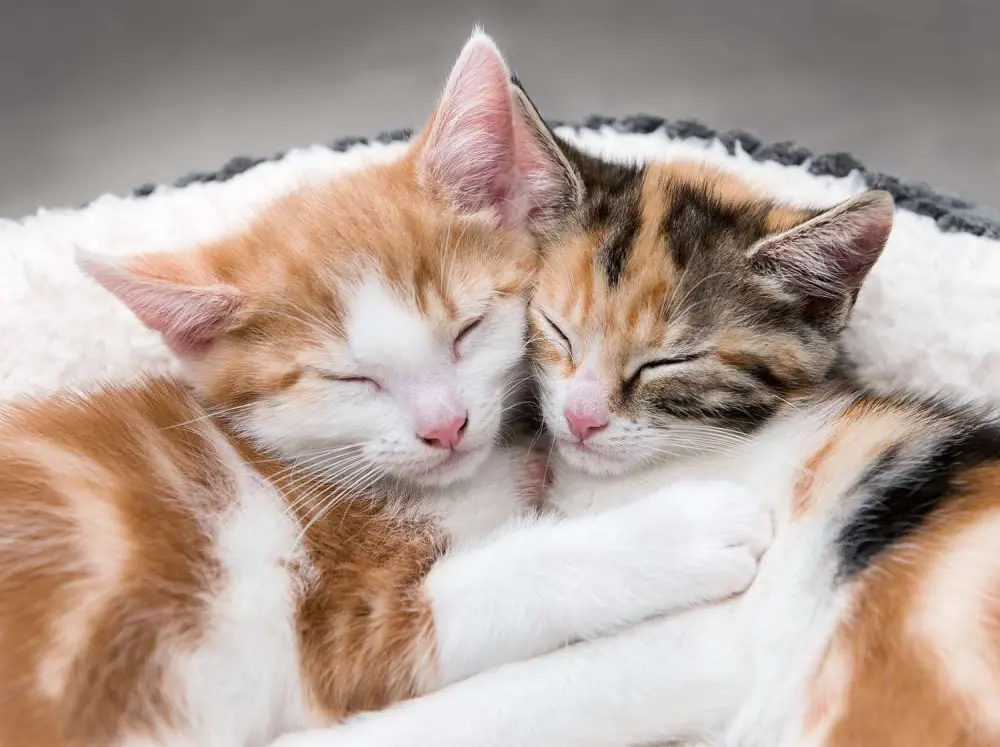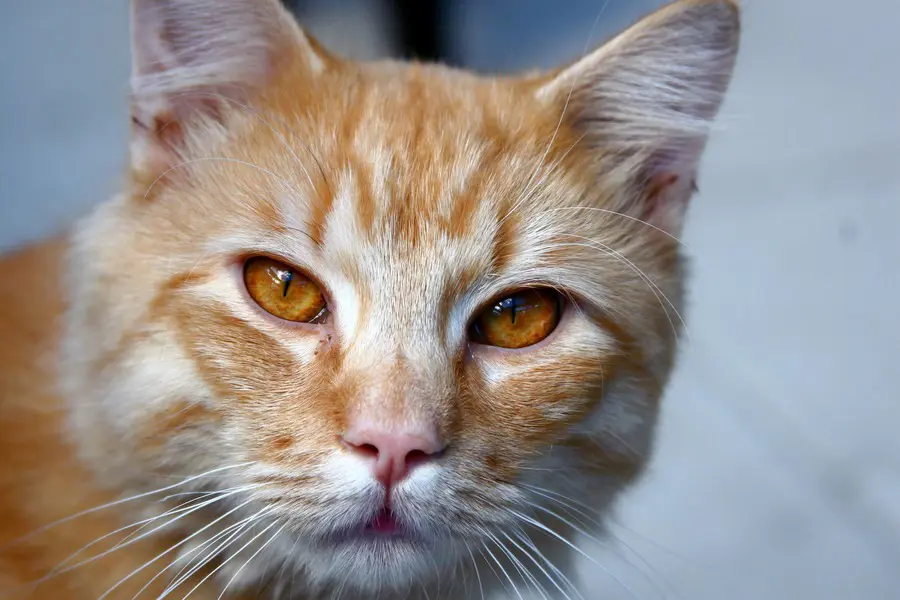18 Signs Of White Worms In Cats
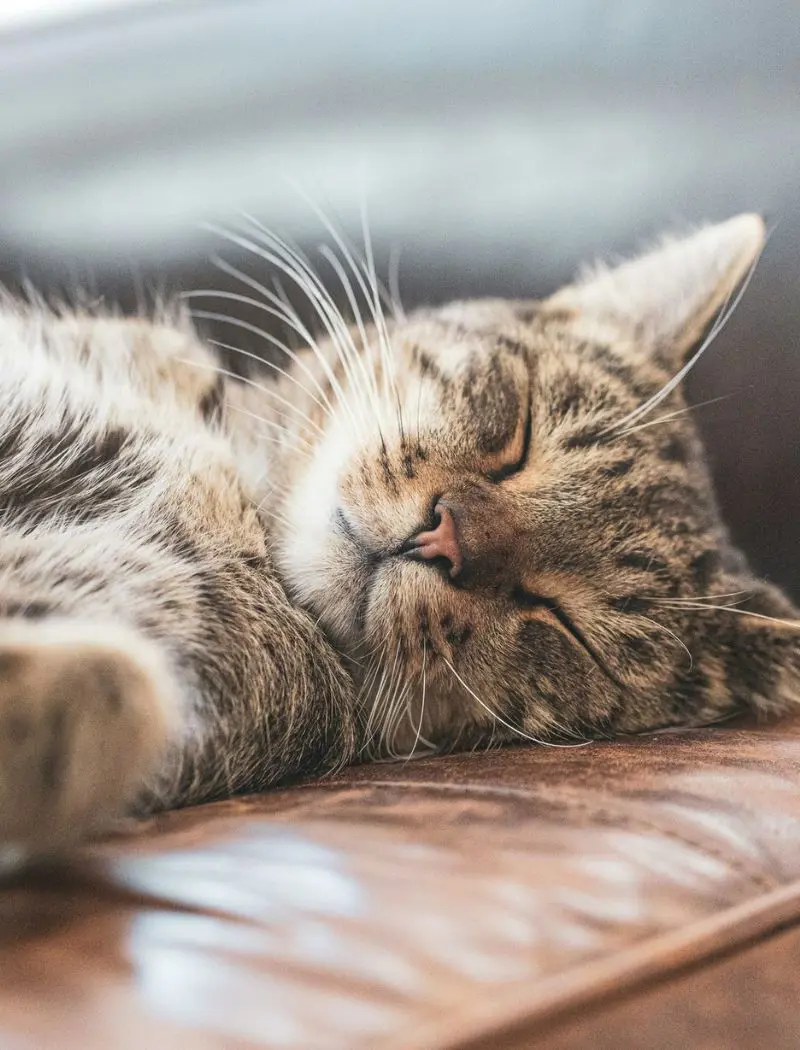
Whiteworm is a serious concern for owners as it affects cats of all ages and can impact their health. These cats may show unusual behaviors like restlessness or sensitivity in the belly area due to the discomfort and irritation.
Understanding the signs of this condition in time is necessary to make sure your cat receives proper care to recover from it. This article discusses various signs that your cat may show when suffering from white worms.
1. Weight Loss
Weight loss in cats due to white worms is often caused by pests that feed on the elements that would normally be received by cats. This deprives them of essential elements and leads to weight loss despite an adequate or increased diet.
Worms can trigger an immune response and increase metabolism as they try to fight this off, which requires high energy and contributes to weight loss. It can also make them suffer from diarrhea and vomiting which can further reduce nutrient absorption and lead to weight loss.
2. Increased Appetite
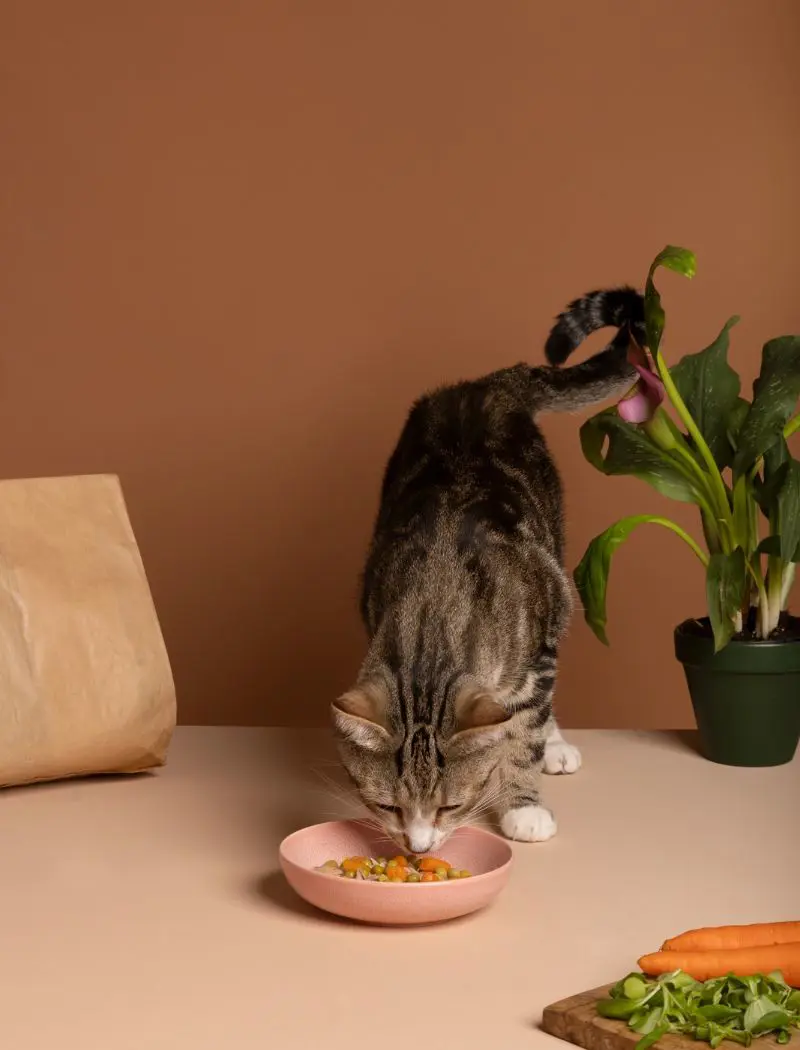
An increased appetite paired with weight loss in cats can be a significant indicator of the presence of white worms in cats. Intestinal parasites feed on nutrients intended for your cat and may make the cat feel hungry as its body is not receiving the necessary nutrients.
The presence of worms can also alter a cat's metabolism and sometimes cause an increased metabolic rate as the body tries to combat the infection. This can cause a heightened appetite in an effort to compensate for energy loss.
3. Vomiting
Worms can irritate the lining of the gut, which can lead to unease, triggering the vomiting reflex as the body attempts to throw out the toxins. It is also a systemic reaction that is caused due to toxins that may be released by some worms.
Large numbers of the white worms can cause blockages in the intestines and lead to vomiting of undigested food. Repeated vomiting in the presence of a yellowish fluid could indicate a more serious problem that requires veterinary attention.
4. Lethargy
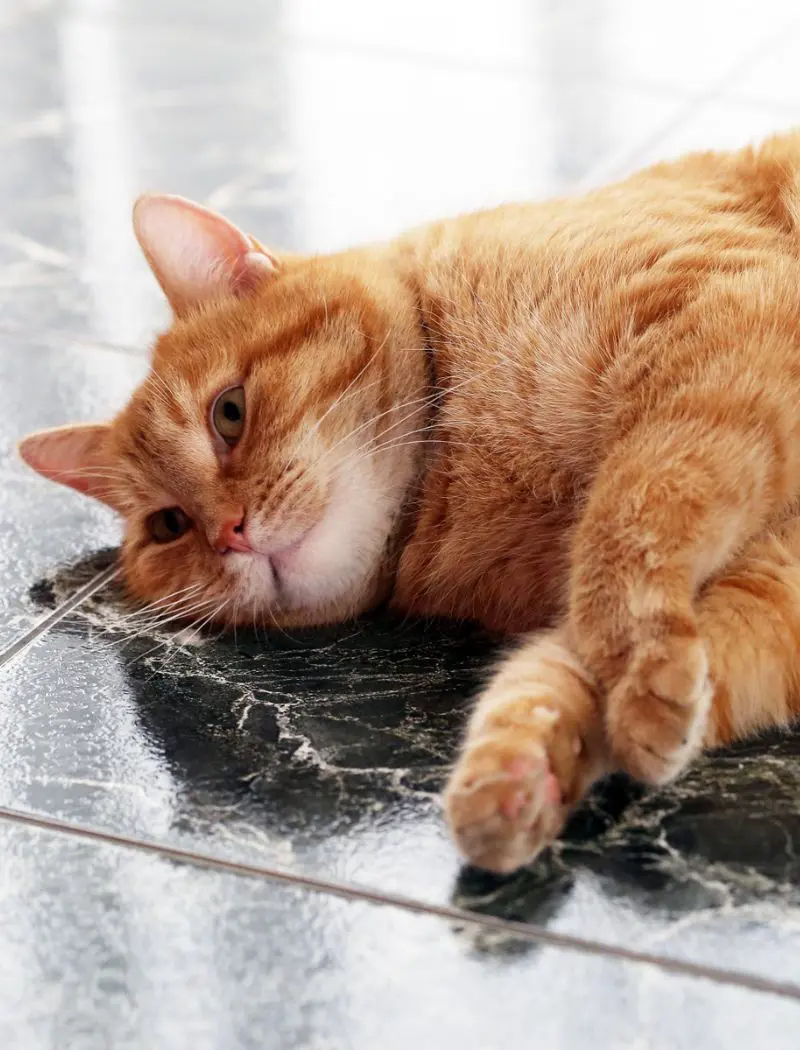
Lethargy is a common sign of white worms as their body lacks essential vitamins due to their consumption by worms. The irritation in the gastrointestinal layer can cause unease in the cat and make them feel less active due to the inflammation.
Continuous worm infection can cause chronic inflammation and immune system activation, which may contribute to ongoing lethargy as the body continually works to fight off the infection.
5. Dull Coat
A shiny and smooth fur is usually a sign that a cat is feeling good and is well cared. If a cat's fur looks lifeless or dry it can indicate that it is not getting enough nutrients from its food and this can happen if the cat has white worms living inside its stomach.
These worms take away important nutrients that the cat needs to stay healthy and have a beautiful coat. Cats with white worms may look dull and messy due to less cleaning.
If the cat is feeling sick or uneasy it might not have the strength to maintain itself and this can further contribute to dull fur. A cat might also show other signs of being sick such as losing weight, feeling tired, and less interaction with people or other creatures.
6. Scooting
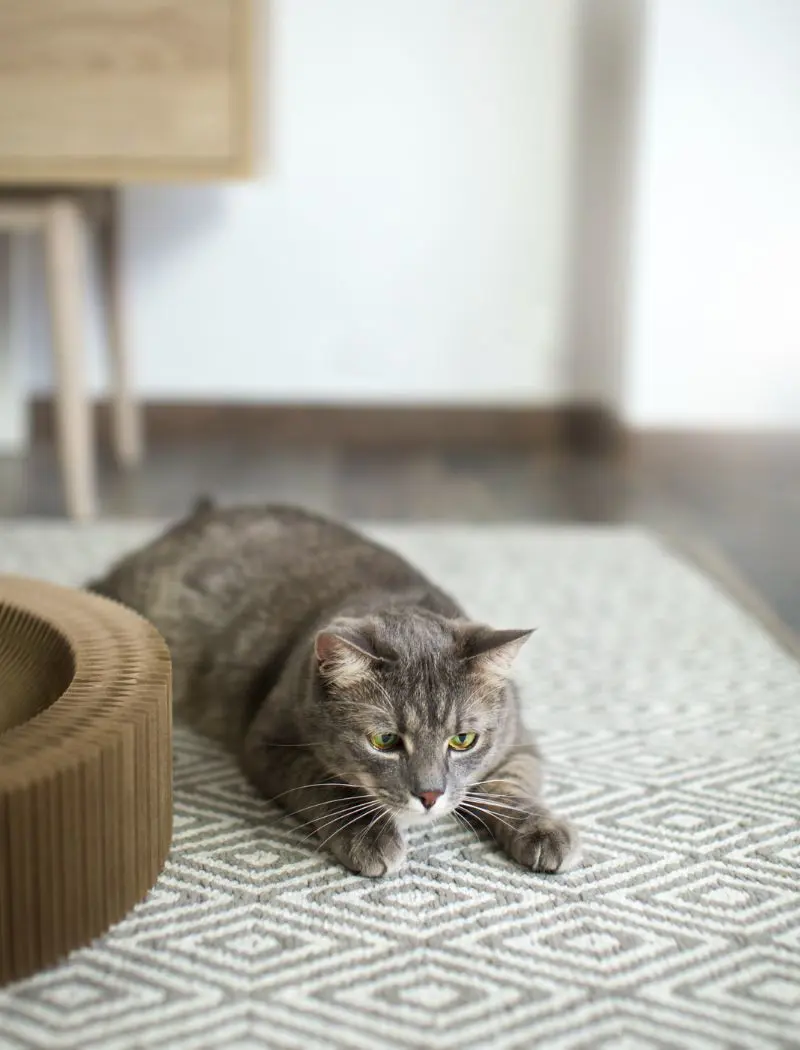
Scooting is when a cat drags its bottom across the ground and can be an indication of unease. A cat with white worms may feel itchy or uncomfortable around its rear end and cause them to relieve the itchiness by sliding on the ground.
When a cat scoots it might also be trying to get rid of the worms or eggs that may be stuck to its fur. This behavior is often a way for the cat to find some relief. If you notice your cat scooting frequently, it is important to pay attention because it may indicate that your cat has this disease.
7. Swollen Abdomen
The parasites in infected cats can cause a buildup of gas and fluid in the gut that leads to noticeable swelling in the abdomen. The swelling can make their belly feel tight and may appear larger than usual, which can be uncomfortable.
They may also show other signs of distress like lethargy and may not want to eat their food because of discomfort in the belly. The swelling can also make it difficult for cats to move around comfortably, leading to less activity than normal.
8. Foul-Smelling Stools
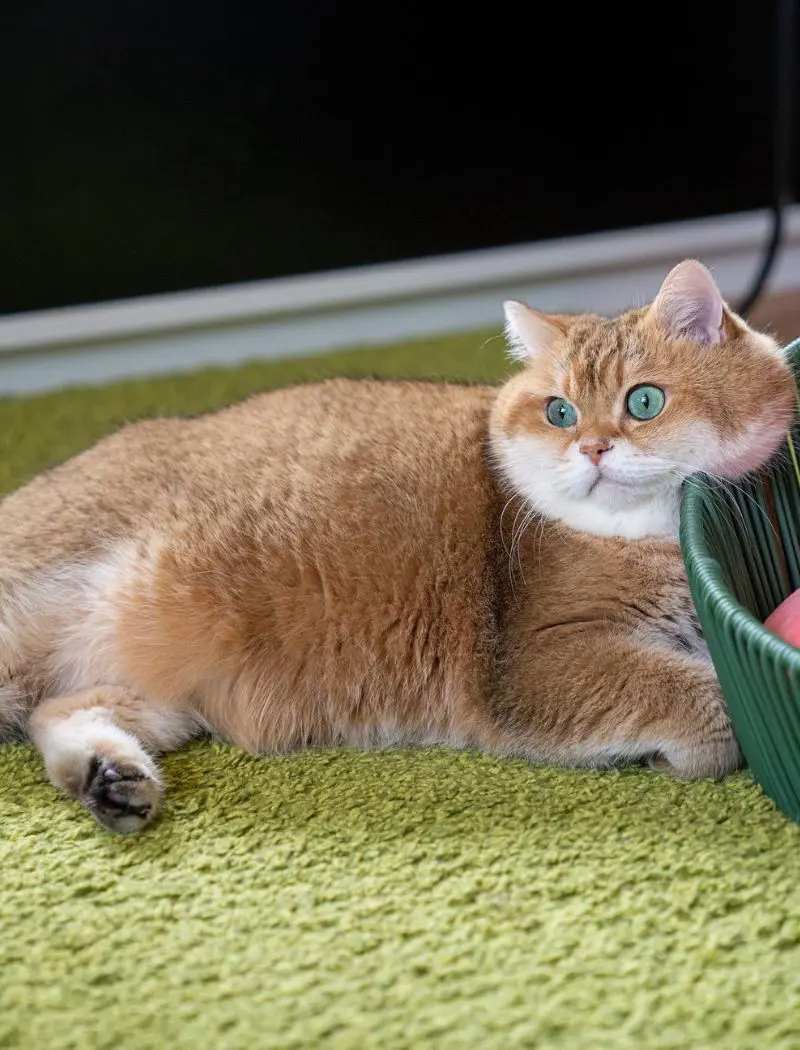
Foul-smelling stools can signify something is affecting the cat and this issue can often be related to the presence of white worms. When a cat has worms in its intestines it can lead to changes in how its body absorbs its diet and this may result in stools that are unpleasant.
The worms can interfere with normal digestion, which can cause the poop to smell much worse than usual. If a cat has foul-smelling stools it may also show other signs of being unwell such as weight loss or a dull coat.
The smell can be quite strong and can be noticeable when the cat goes to pee. Along with foul-smelling stools, a cat may also have diarrhea, which can further contribute to the bad odor.
9. Presence Of Worm Segments
Finding worm segments in a cat’s poop is a clear sign that it has white worms living inside its body and these segments look like small crop pieces. When a cat has these worms they often shed segments which can come out in the cat's stool.
These worm segments may also stick to the fur around the cat's bottom and this can be concerning for pet parents. If you notice these segments it usually means that the cat is infested and needs to see a veterinarian as soon as possible as it can cause discomfort and health problems for the cat.
10. Behavior Changes
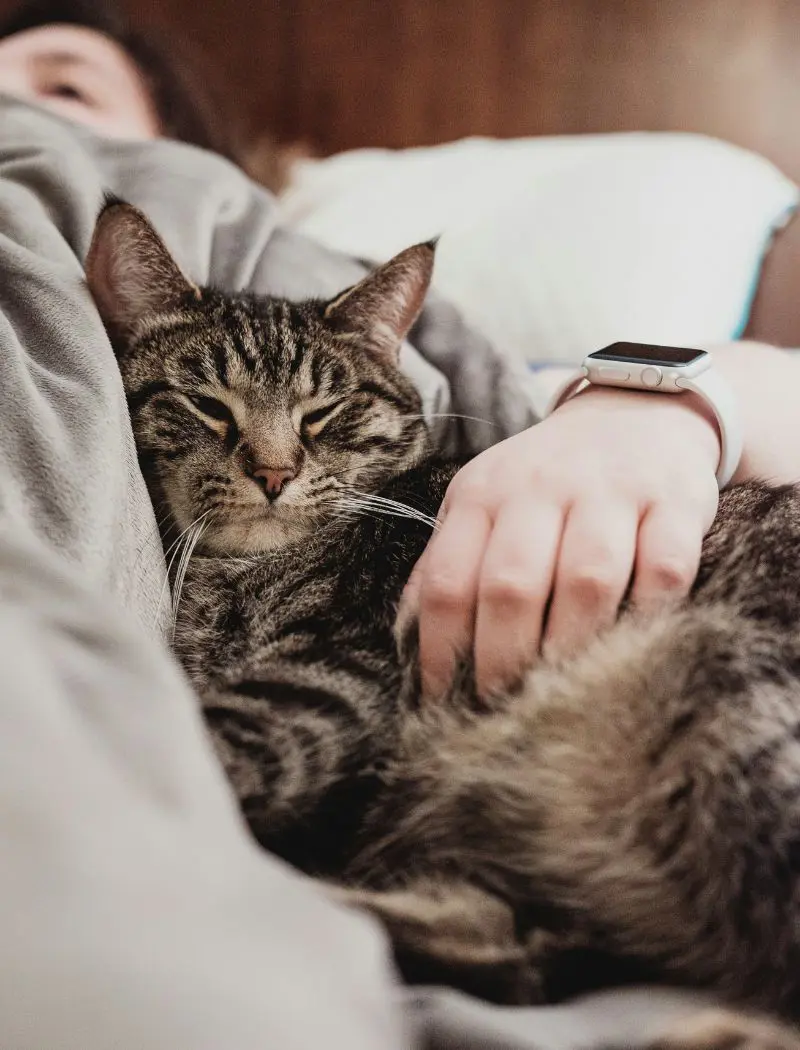
A normally playful cat might become less active and may even seem tired due to uneasiness caused by its presence. The cat might not want to play with its favorite toys or run around like normal times.
Another behavior change that might occur is the cat becoming more irritable or withdrawn which is why they may not want to be petted or cuddled as much as before. Instead of seeking out attention from their owner, they might hide or stay in a corner of the house which may indicate that they are dealing with pain or irritation caused by the worms.
A cat with white worms might lose their appetite and stop consuming food while others might start eating more than normal but still slim down. They may also start to show strange behaviors such as scooting across the floor or spending a lot of time licking its rear end.
11. Increased Grooming
Cats are known for being clean animals and they usually maintain themselves to keep their fur neat. If they feel discomfort from worms they may focus on cleaning their rear end more often because the area can become itchy or irritated. This excessive grooming may seem like normal cat behavior, but it can indicate that the cat is dealing with a problem.
As the cat tries to relieve the itchiness it may spend a lot of time licking its fur and this can lead to some changes in its appearance. The cat may start to lose fur in certain areas because constant licking can cause damage to the hair follicles.
This loss of fur can create patches on the cat's skin and these areas might look red or inflamed. An increase in grooming can show that the cat is feeling uncomfortable due to the worms affecting its health.
12. Fever
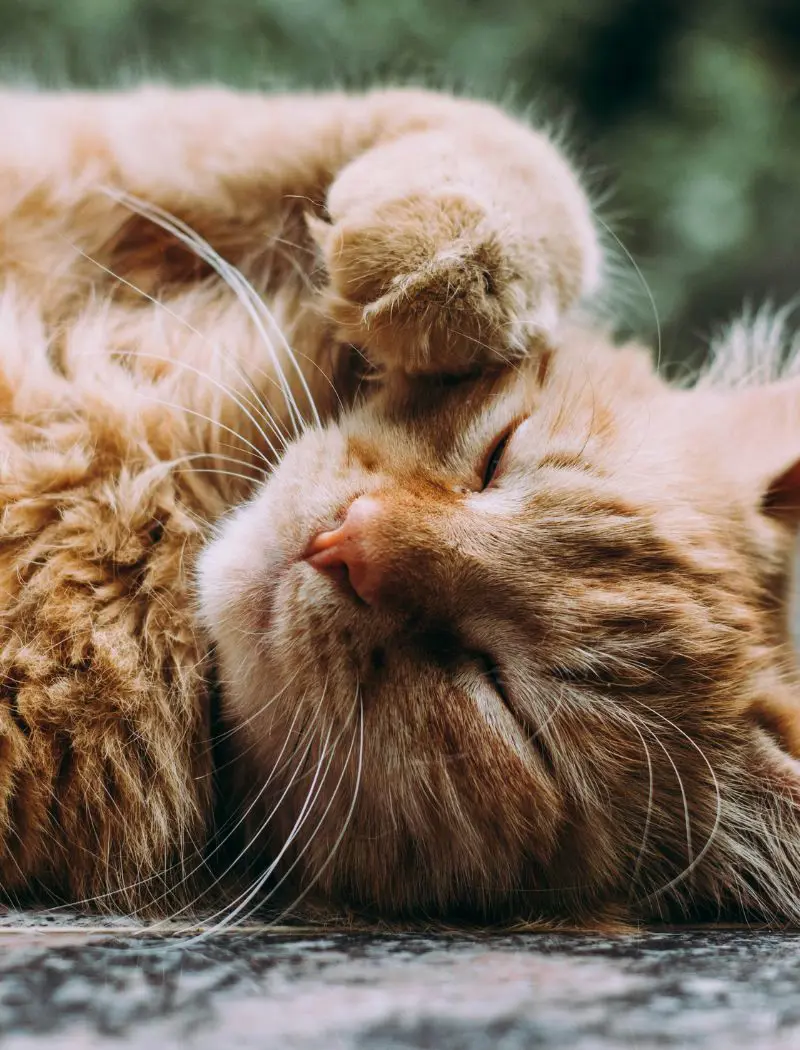
Fever can make the cat feel very hot and might make its body temperature seem higher, resulting in tiredness and weakness as it tries to recover. The cat might seem less interested in playing or exploring and may avoid activities that it usually enjoys.
This is because the fever can drain its energy and make it feel exhausted. You might also notice the cat staying in one spot for a long time, looking as though it just wants to be isolated due to loss of energy.
13. Bloody Stools
When a cat has white worms it might have a bloody stool with small red spots or darker blood in the cat’s poop which can be alarming to see. This happens because the worms can damage the lining of the cat’s intestines, making it bleed a little which mixes with the stool as it passes and can cause the stool to look different than normal.
A cat with bloody stool may also act uncomfortable or seem to strain when it tries to go to the bathroom. The cat might take longer in the litter box and may look as if it is struggling, which can be more tiring for the cat than usual.
14. Urinary Issues
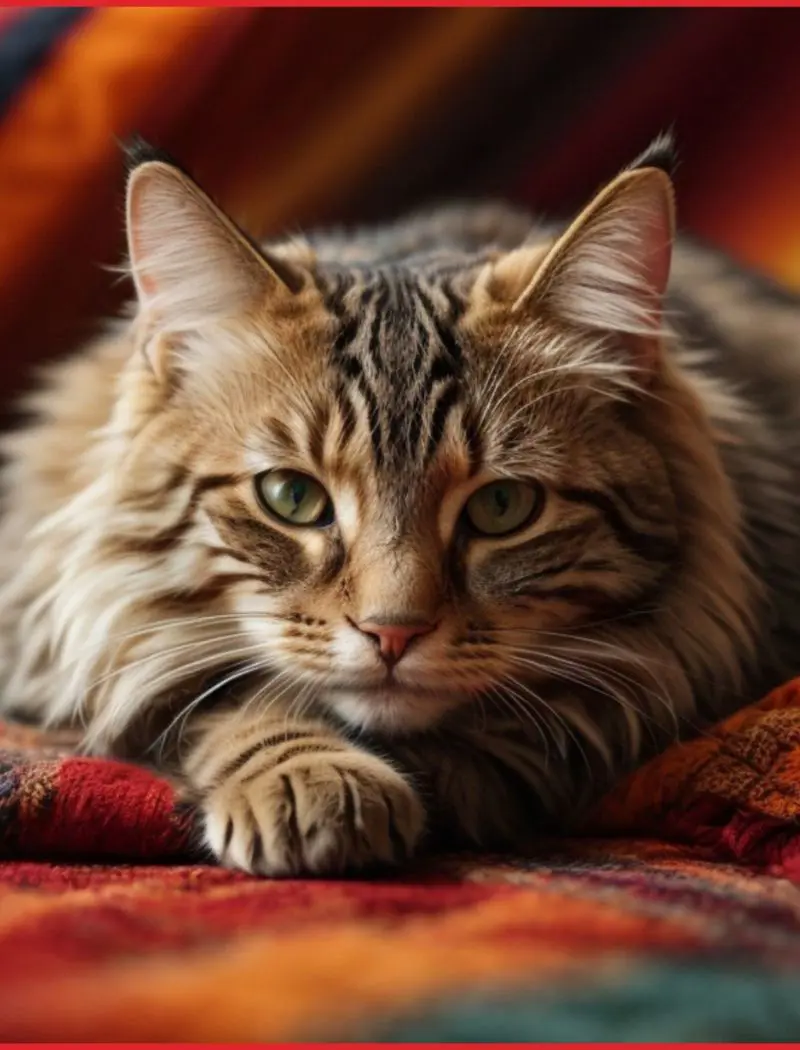
A cat with white worms may go to its litter box more often than usual and may struggle when trying to pee due to the discomfort in their lower area. This can make it difficult for them to go to the bathroom and start peeing in different spots around the house.
They can become restless or act differently by moving from spot to spot to relieve themselves from the discomfort. Some cats may produce only a small amount of urine when they go or they might strain due to the difficulty. This frustration can make them produce meowing sounds to show that something is not right.
15. Increased Thirst
Worms can cause problems in the cat's body that lead to a lack of hydration and an increased desire to drink. This can make their digestive system work harder and cause diarrhea or throwing up, which can make cats lose fluid. To recover from the loss, they drink more water than usual so that they stay hydrated.
The increased thirst can also make them look more focused on water and may even try to find other water sources around the house like open sinks. They may also show other signs of dehydration like dry gums as they fail to fully absorb the required fluids.
16. Sensitivity In The Belly Area
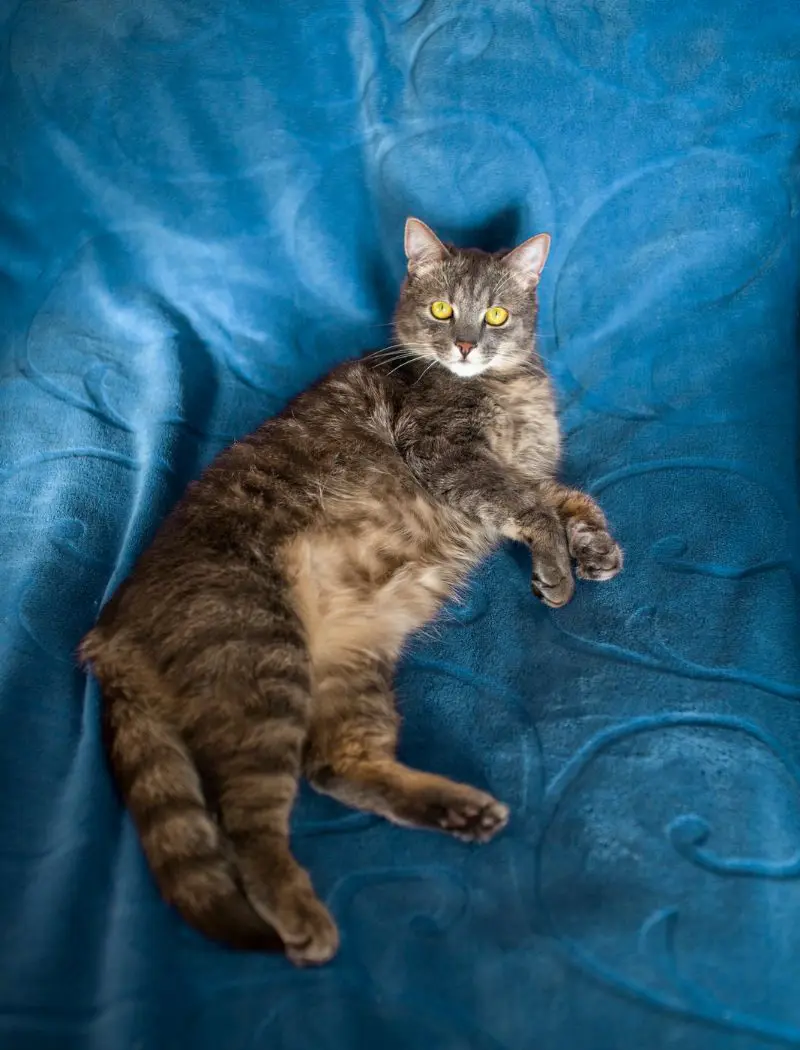
Worms can make the belly of a cat feel tender or sore and cause sensitivity in the belly area. They may flinch or pull away if you try to touch their stomach, which can indicate that they are uncomfortable as it is not a typical behavior of a healthy cat that enjoys being petted.
The discomfort can make the cat lie in unusual positions or avoid activities that require movement as a way to find a comfortable position to relieve the pressure in its belly. The sensitivity can also make them more cautious about their movements that involve their stomach, making them less active or playful than usual.
17. Anemia
Cats with worms can have anemia, which can be noticed through a change in the color of their gums or inner eyelids. The normal bright pink gum of a cat may appear pale or even white when they are anemic and can suggest that they are not getting enough oxygen in their bloodstream.
These cats may also have a decline in their energy levels and prefer to rest more, which is more evident in younger cats or kittens as they may not engage in play. Anemic cats are also more likely to breathe rapidly or have a faster heartbeat as their body tries to compensate for the lack of oxygen in the blood.
18. Bad Breath
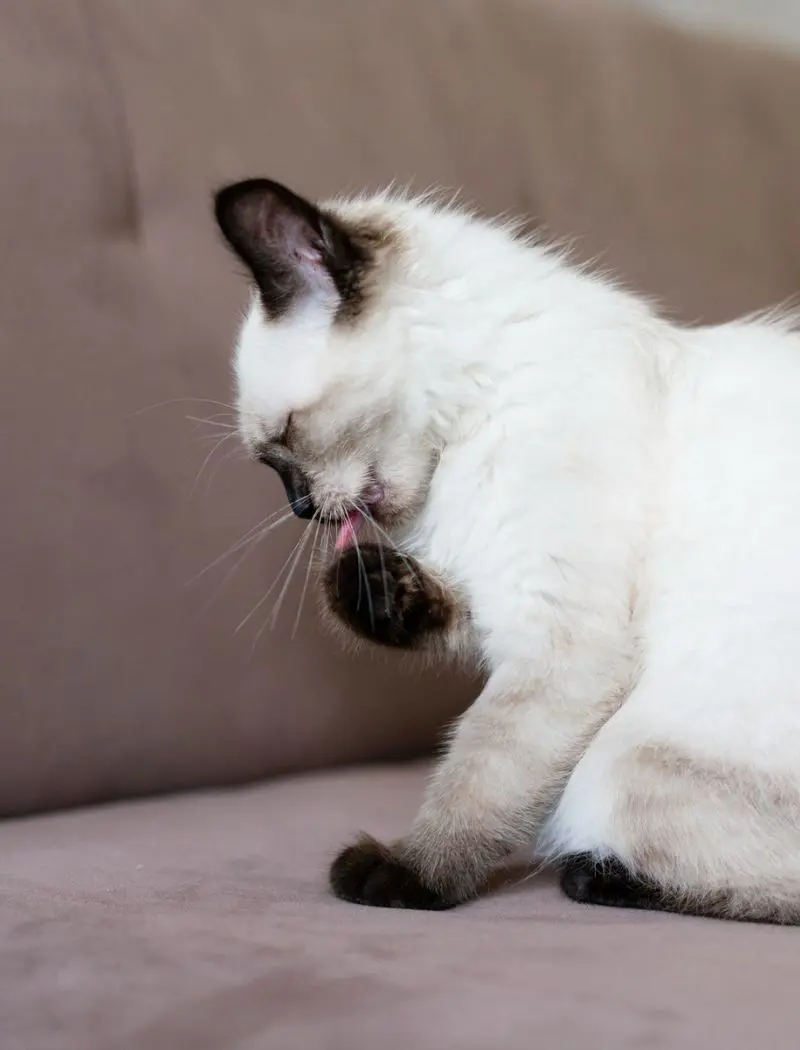
The breath of a cat with white worms has an unusual smell that can be quite different from the normal scent of a healthy cat, which is mild or neutral. Their breath may have a sour or rotten smell that is difficult to ignore and can be alarming for cat parents as bad breath is not a normal quality of a healthy cat.
The bad odor usually comes from the breakdown of food during digestion, leading to gas and other conditions that contribute to it. An imbalance in their gut health can also cause a build-up of harmful bacteria that may lead to bad breath.
Top Lists



